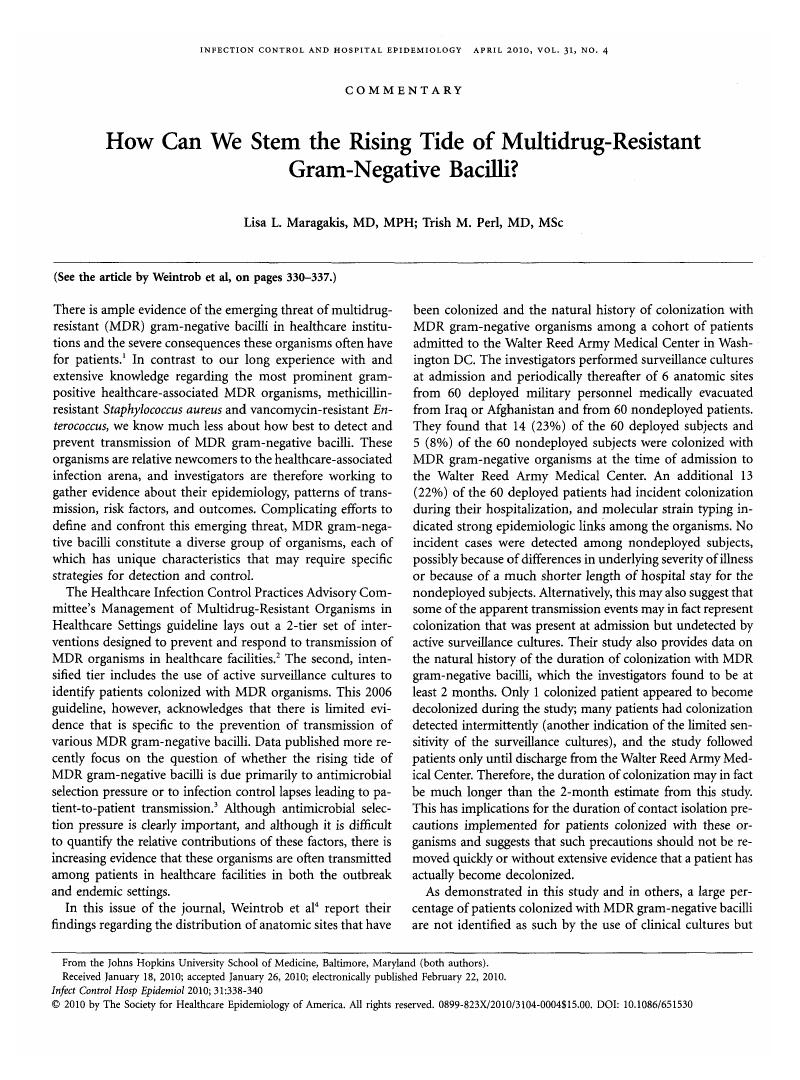Crossref Citations
This article has been cited by the following publications. This list is generated based on data provided by Crossref.
Diekema, Daniel J.
and
Saubolle, Michael A.
2011.
Clinical Microbiology and Infection Prevention.
Journal of Clinical Microbiology,
Vol. 49,
Issue. 9_Supplement,
Friedman, Adam
and
Blecher, Karin
2013.
Nanotechnology in Dermatology.
p.
187.
Diekema, Daniel J.
and
Pfaller, Michael A.
2015.
Manual ofClinical Microbiology.
p.
106.
Pfaller, Michael A.
Bassetti, Matteo
Duncan, Leonard R.
and
Castanheira, Mariana
2017.
Ceftolozane/tazobactam activity against drug-resistant Enterobacteriaceae and Pseudomonas aeruginosa causing urinary tract and intraabdominal infections in Europe: report from an antimicrobial surveillance programme (2012–15).
Journal of Antimicrobial Chemotherapy,
Vol. 72,
Issue. 5,
p.
1386.
Lu, Jingjing
Wang, Xiaomin
Lin, Leesa
Xuan, Ziming
Hu, Yanhong Jessika
and
Zhou, Xudong
2019.
The Association between Changes in External Environment Caused by Migration and Inappropriate Antibiotic Use Behaviors among Chinese University Students: A Cross-Sectional Study.
Antibiotics,
Vol. 8,
Issue. 4,
p.
200.
Sullivan, Kaede V.
Pfaller, Michael A.
and
Diekema, Daniel J.
2023.
ClinMicroNow.
p.
1.
Sullivan, Kaede V.
Pfaller, Michael A.
and
Diekema, Daniel J.
2023.
ClinMicroNow.
p.
1.



